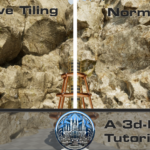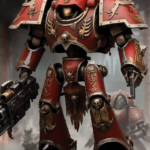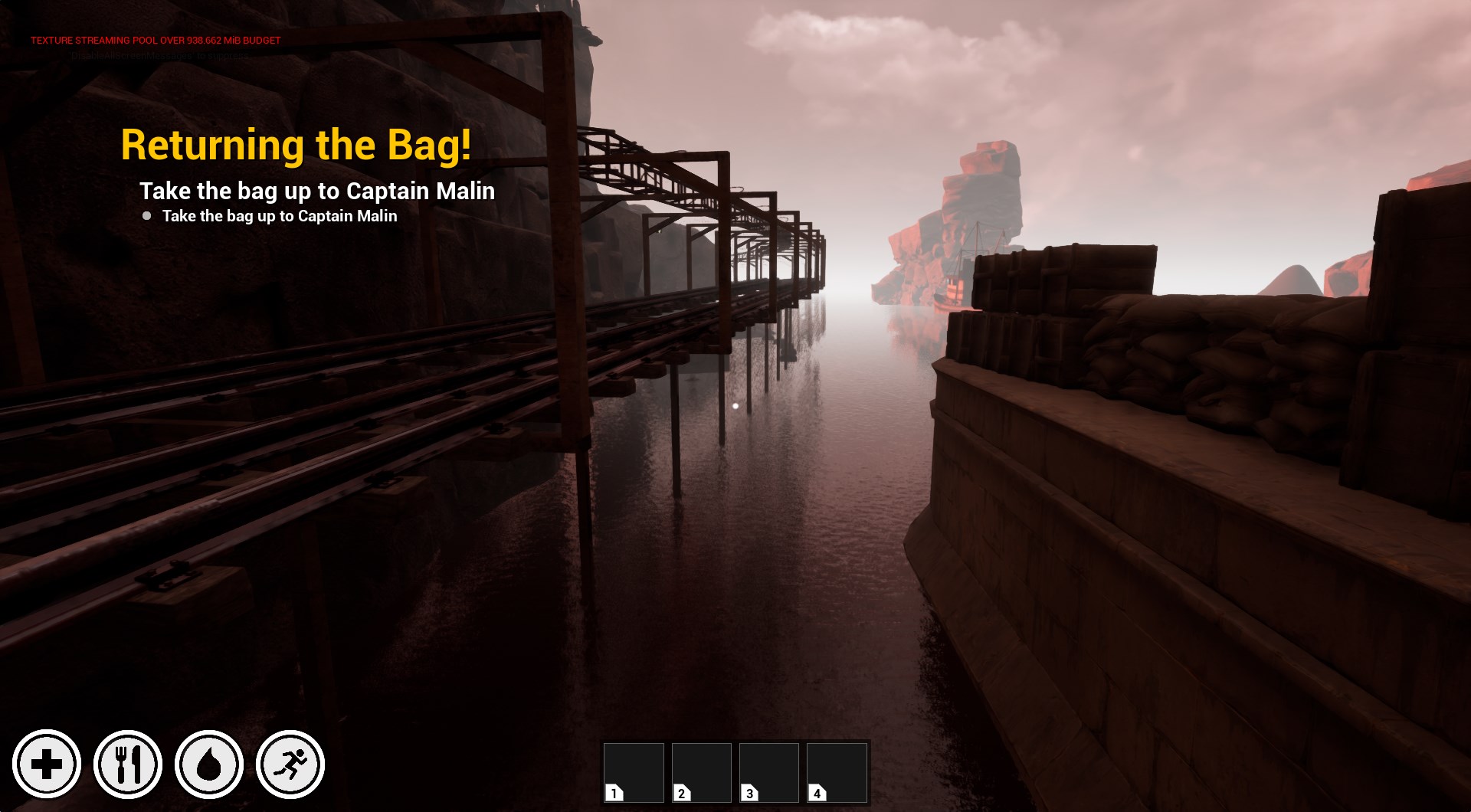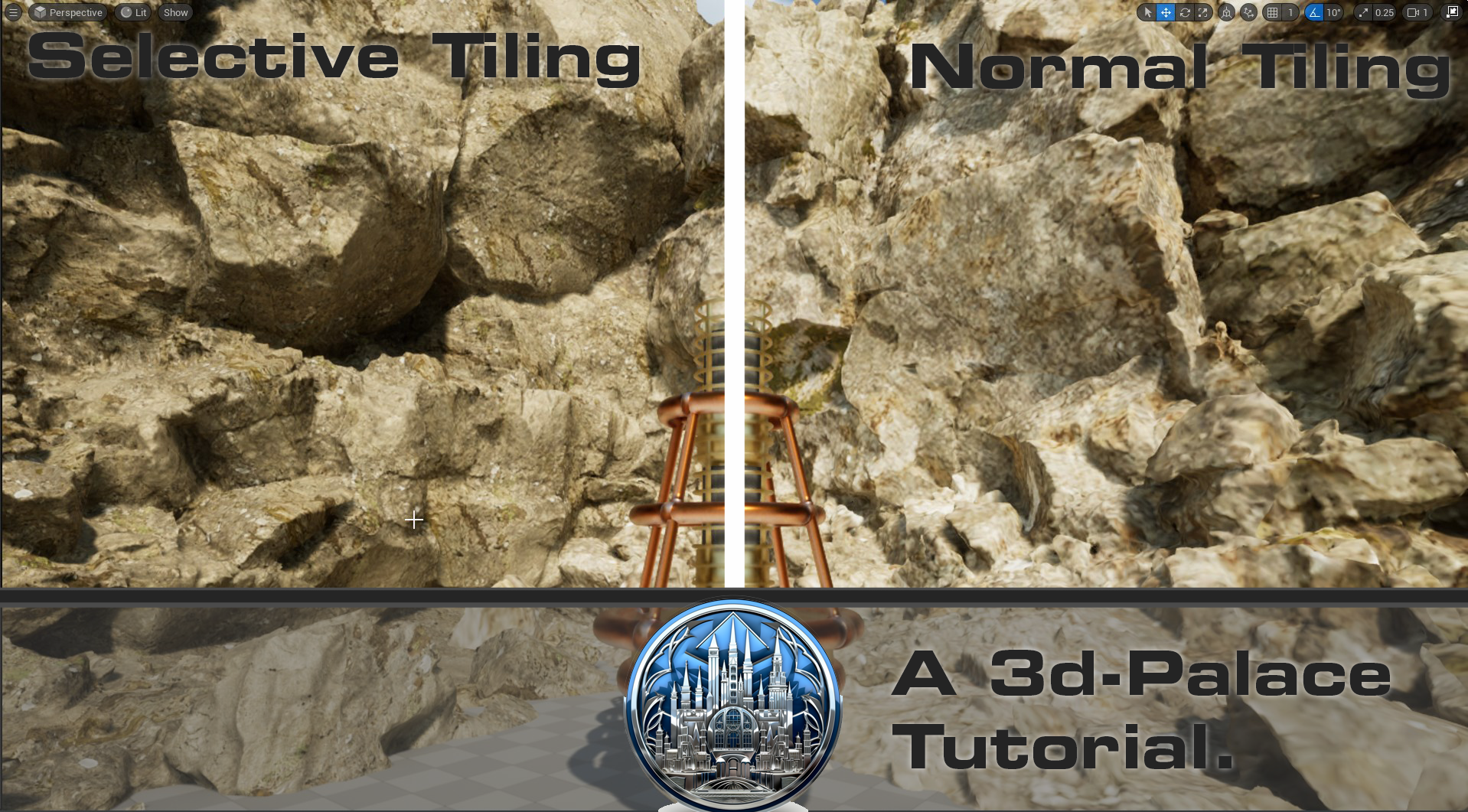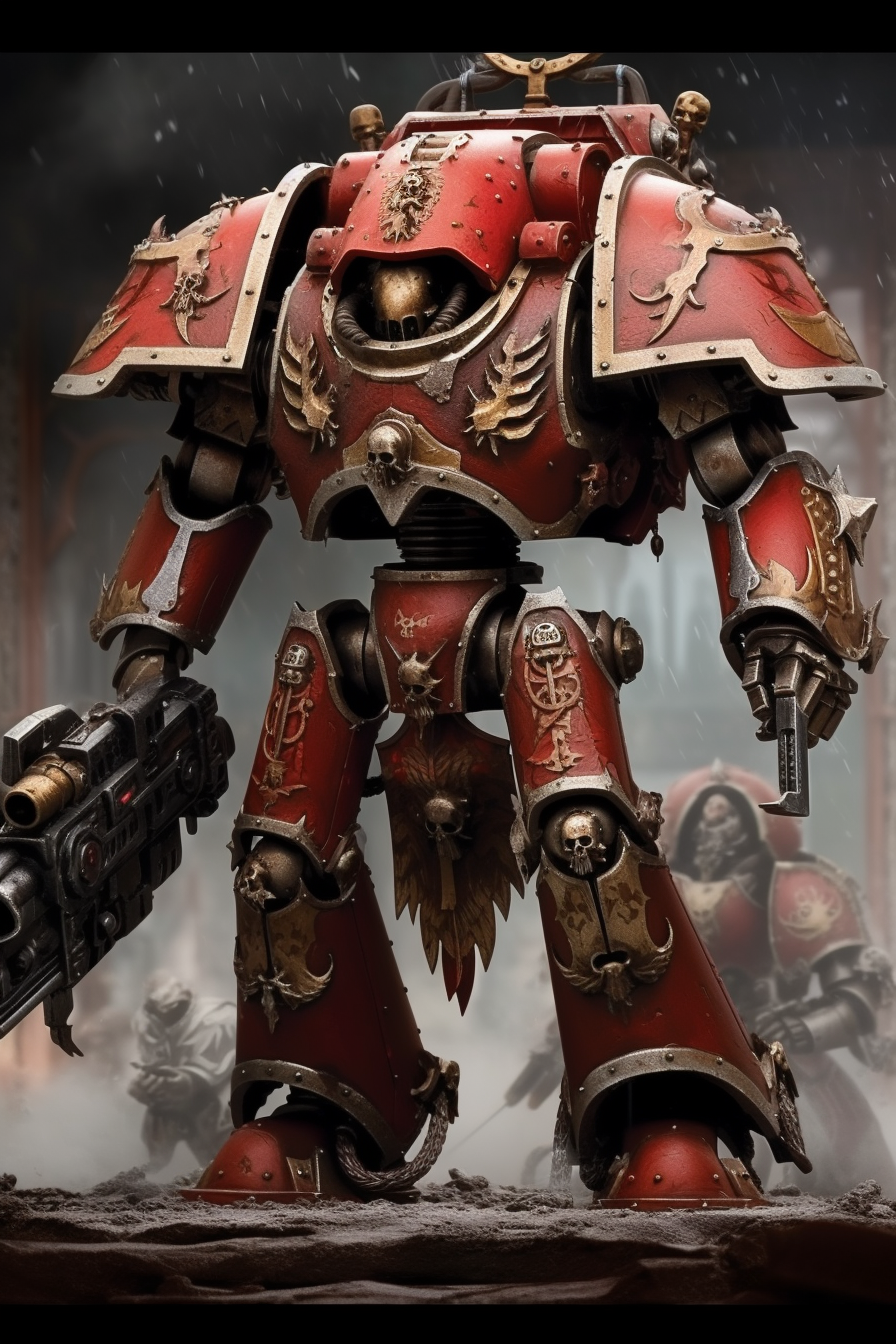When it comes to horror games, few things are as thrilling as navigating through dark, dangerous environments filled with traps and unexpected obstacles. In The Wickie, we’ve designed a variety of traps and challenges to keep players on their toes and heighten the overall sense of dread. In this blog post, we’ll explore the importance of trap design in horror games and take a closer look at some of the traps featured in The Wickie.
Sections:
- The Role of Traps in Horror Games
- Building tension and atmosphere
- Challenging players and encouraging problem-solving
- Enhancing the game’s narrative and world-building
- Designing Effective Traps
- Balancing difficulty and player skill
- Integrating traps into the environment and storyline
- Creating memorable and unique challenges
- Traps in The Wickie: A Glimpse into the Game
- Overview of the new mechanics that allow Bill to use items to get through dangerous places
- Examples of traps and challenges featured in the game
- How these traps contribute to the overall gameplay experience
Trap design is an essential aspect of horror games, as it helps create an immersive and thrilling atmosphere that keeps players engaged. By carefully designing traps that challenge players and contribute to the game’s narrative, we’ve ensured that The Wickie provides a uniquely terrifying experience that fans of the horror genre will appreciate. Keep an eye out for our upcoming video footage, showcasing some of the traps and gameplay mechanics in action!
Section 1: Introduction to Horror Traps in Game Design
Horror games have a unique way of captivating players by drawing them into a world of suspense, fear, and mystery. One key aspect of creating an immersive horror experience is the careful design and implementation of traps. Traps not only heighten the sense of danger within the game world but also force players to remain vigilant and think strategically in order to survive. In The Wickie, we’ve taken great care to create a variety of traps that add depth to the gameplay and keep players on the edge of their seats.
Designing horror traps is no easy task, as it requires a delicate balance between challenging the player and maintaining a sense of fairness. To effectively create an atmosphere of fear and tension, traps should be unpredictable and genuinely threatening, but not so overwhelming that they become frustrating or feel impossible to overcome. This can be achieved by combining different types of traps, providing the player with options to evade or counteract them, and ensuring that the consequences of encountering a trap are proportionate to the challenge it presents.
In The Wickie, we’ve created traps that serve a dual purpose: they contribute to the overall atmosphere of dread and unease, while also reinforcing the game’s central themes of exploration and survival. Stay tuned for the next sections, where we will delve into the various types of traps found in The Wickie and discuss the importance of balancing player agency with a sense of vulnerability.
Section 2: Types of Traps in The Wickie
In The Wickie, players will encounter a variety of traps, each designed to challenge their problem-solving skills and adaptability. Here are some examples of the traps that players can expect to face during their journey on the mysterious island of Pandora’s Rock.
- Environmental Traps: The island itself is filled with dangerous terrain, hidden pitfalls, and treacherous paths that players must navigate. These environmental hazards can catch players off-guard and force them to carefully consider their surroundings.
- Mechanical Traps: Ancient mechanisms and clockwork devices litter the island, often appearing as innocuous objects or parts of the environment. Players will need to figure out how to interact with, disable, or avoid these traps to progress through the game.
- Creature Traps: The Wickie features a host of fearsome creatures, some of which have the ability to lay traps for the unsuspecting player. These traps can range from webs and snares to more elaborate setups designed to lure the player into a false sense of security before unleashing a terrifying surprise.
- Psychological Traps: In keeping with the game’s Lovecraftian influences, The Wickie also employs psychological traps that prey on the player’s mind. These can include hallucinations, false choices, or scenarios that force players to question their own sanity.
In the next section, we will discuss the importance of balancing these different types of traps and providing the player with a range of tools and strategies to overcome the challenges they present.
Section 3: Balancing Traps and Player Solutions
An essential aspect of designing effective traps in a horror game is ensuring that they are well-balanced and provide players with opportunities to use their wit and creativity to overcome them. In The Wickie, this balance is achieved through a combination of intuitive gameplay mechanics and a wide array of tools and strategies available to the player.
- Intuitive Mechanics: The Wickie’s gameplay mechanics are designed to be straightforward and accessible, allowing players to easily understand how to interact with the environment and the various traps they encounter. By keeping the mechanics simple, players can focus on solving the puzzles and overcoming the challenges presented by the traps.
- Diverse Tools and Strategies: The Wickie offers players a range of tools and strategies to help them navigate the treacherous island. This includes the recently introduced system that allows players to place items around them for defense against the strange creatures they may encounter. By providing a variety of options, players can experiment with different approaches and find the one that suits their playstyle best.
- Encouraging Experimentation: A well-designed horror game should encourage players to think outside the box and try new approaches to overcome obstacles. The Wickie achieves this by ensuring that traps and challenges are varied and unpredictable, keeping players on their toes and forcing them to adapt to new situations.
- Fairness and Reward: Ultimately, the key to successful trap design in a horror game lies in striking a balance between challenge and reward. Players should feel a sense of accomplishment when they successfully navigate a trap or outsmart a creature, but they should also be aware that the stakes are high and that failure can have severe consequences.
The Wickie’s approach to trap design and implementation ensures that players remain engaged, challenged, and immersed in the game’s eerie atmosphere. By providing a balanced mix of environmental, mechanical, creature, and psychological traps, The Wickie keeps players on edge and constantly guessing what terrifying obstacle they will face next.

